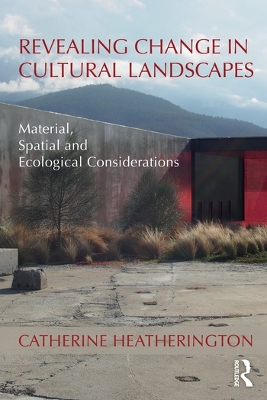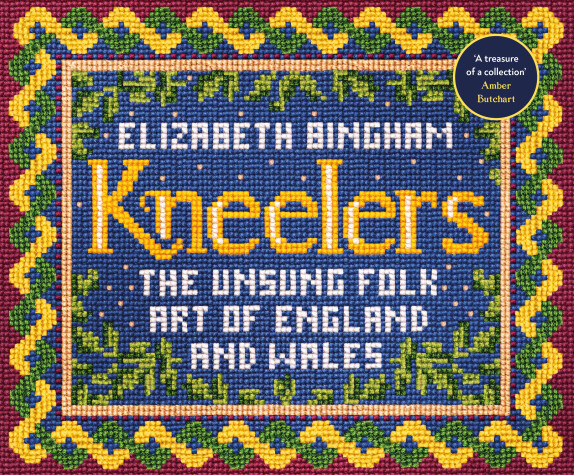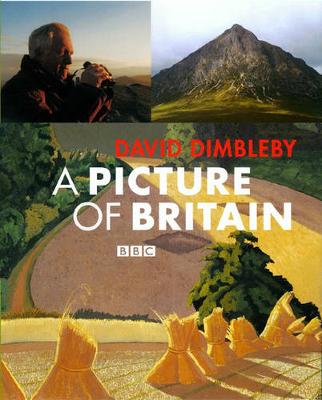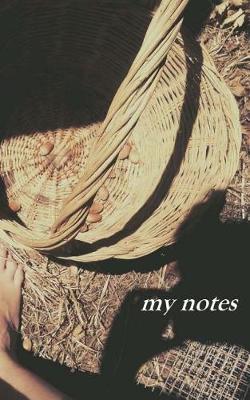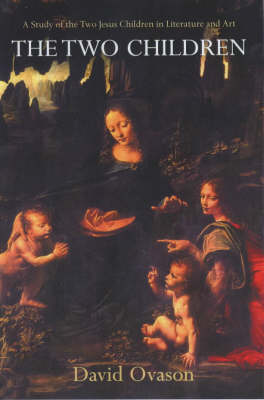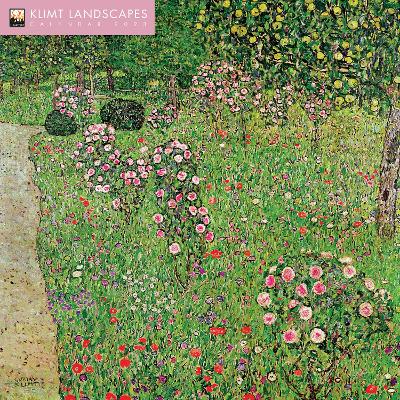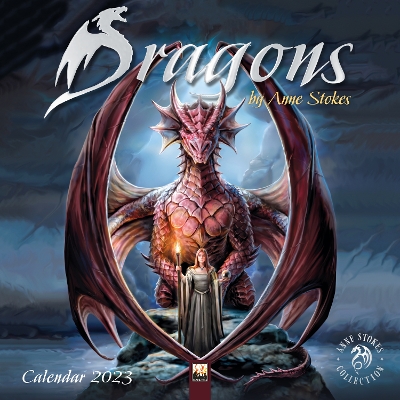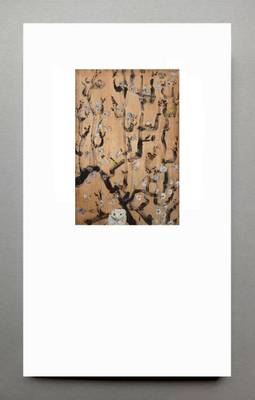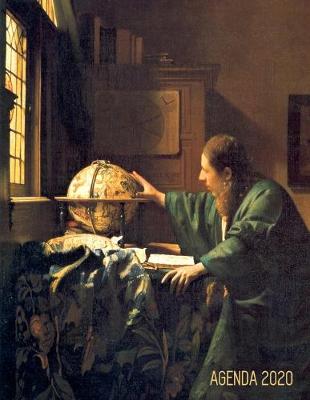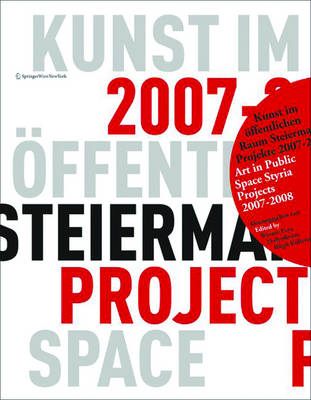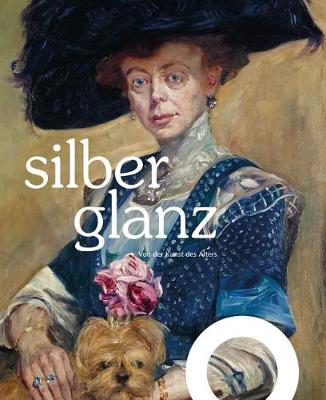This book explores different design approaches to revealing change within a landscape, and examines how landscape designers bring together the cultural context of a specific place with material, spatial and ecological considerations. Revealing Change in Cultural Landscapes includes case studies such as Gilles Clément’s Jardin du Tiers-Paysage in France, the Brick Pit in Sydney, Australia and Georges Descombes’ Renaturation of the River Aire in Switzerland to uncover the insights of designers....
I have always loved painting and scenery. The connection between the British landscape seen by all of us with the naked eye and the same landscape seen through the eyes of artists, musicians and writers is fascinating. In A Picture of Britain I will be exploring these links and looking at their impact on our national character, seeking out the countryside we admire and the reasons we cherish it.? David Dimbleby Accompanying a major new BBC One series presented by David Dimbleby and an important...
Although the Gospels of Matthew and Luke support the tradition that there were two Jesus children, the idea was not adopted by the Church. Something of the idea lingered on in Christian art and symbolism, but the full tradition was preserved only in the literature of such esoteric sects as the Gnostics, who did not adopt all the official teachings of institutionalized Christianity. David Ovason explores the literature and art in which these symbols have been preserved, in particular, the ancient...
In AD 726, the Byzantine emperor ordered the destruction of all icons, or religious images, throughout the empire, and icons were subject to an imperial ban that was to last, with a brief remission, until AD 843. A defender of icons, St John of Damascus wrote three treatises against "those who attack the holy images." He differentiates between the veneration of icons, which is a matter of expressing honor, and idolatry, which is offering worship to something other than God.
Lost Empire of the Silk Road Buddhist Art from Khara Khoto (XX111th Century)
This first collection of drawings by A. Wainwright was originally published in the late 1960s. In typically forthright language, the author called it his private rebellion against 'acceptance as art of poverty-stricken and barren inspiration and rank bad execution'. The sketchbook contains 80 intricate pen-and-ink drawings of Lakeland scenes. Each drawing is accompanied by a simple map to identify the location of the viewpoint in relation to its surroundings.
